GOCE is an Earth Observation satellite that is unique in its shape: 5 m long and with fins and electrical propulsion to stabilise the spacecraft in its very low orbit of 255 km where there is still atmospheric drag. The satellite measured the strength of the gravity field in unprecidented accuracy, measured sea levels globally and improved models of the shape of the Earth. (Photo: Robert Willemsen)
Click on the different tags to access photo’s of that specific theme









The Herschel Space Observatory was an infra red astronomical satellite with the largest mirror (3.5 m) ever launched (until the JWST). Herschel had three instruments that were cooled by liquid helium to -271 C (just above absolute zero) in order to see the cooldest, darkest objects in space. It could peer into regions of the darkest galaxies where new star formation is taking place. (Photo: Robert Willemsen)
Planck was an observatory that mapped the cosmic microwave background. It helped understanding and testing cosmological theories about the early universe, including the distribution of matter and dark matter. The two instruments were cooled with liquid helium down to -273,05 C (a fraction above absolute zero), which made Planck the coldest object in the known universe. (Photo: Robert Willemsen)
The Intermediate eXperimental Vehicle (IXV) is an atmospheric re-entry demonstrator. It is a mini-shuttle that flew in space and re-entered the atmosphere to splash down in the Pacific Ocean. The goal was to measure all parameters of the re-entry, evaluate the thermal protection and the accuracy of the landing. This test plane is part of the evolution to the Space Rider, ESA’s first reusable space transportation system. (Photo: Robert Willemsen)
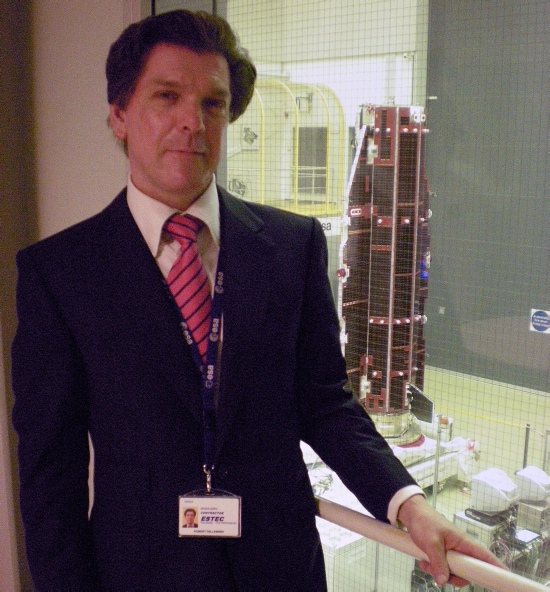
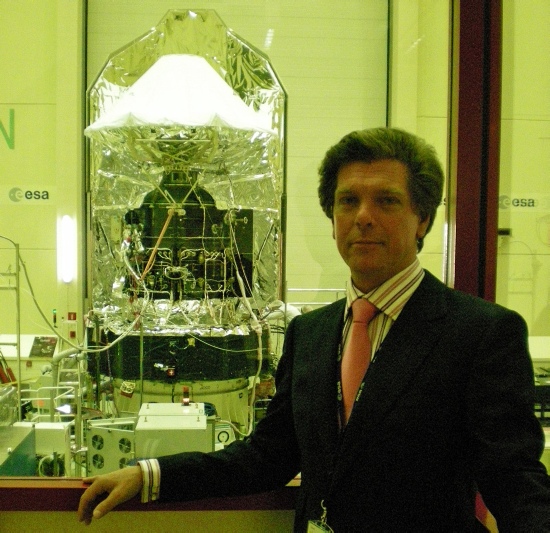
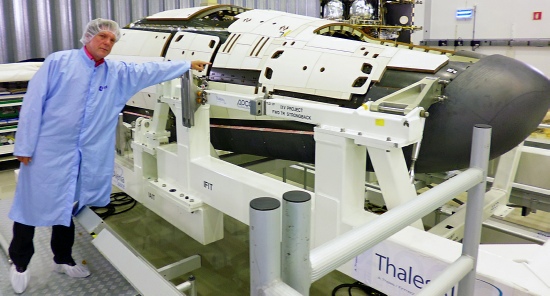
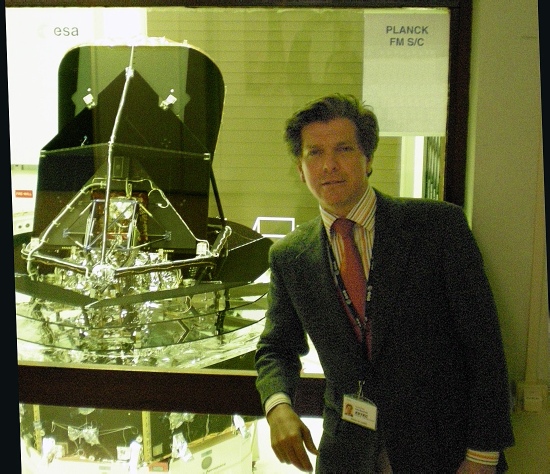







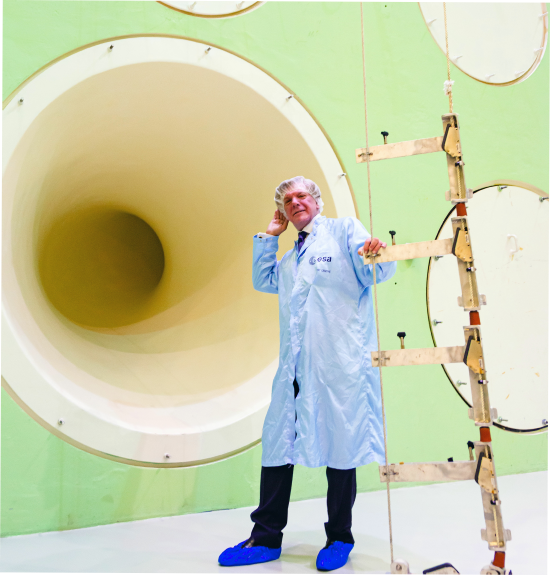
The Large European Acoustic Facility (LEAF) in ESTEC’s Satellite Test Centre. In this concrete chamber we test the sound levels of the rocket launch. Large horns are used to generate 155 dD of noise to see if structures or payloads don’t get damaged during the launch. After 40 seconds you break through the sound barrier, then sound is not an issue anymore. Hence the test lasts only 2 min. The large 25 Hz horn behind me is more than 2 m. in diameter. (Photo: Mark McCaughrean)
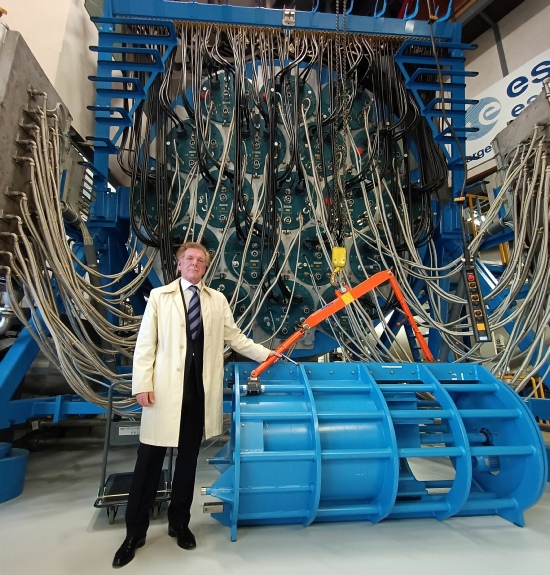
The Solar Simulator, part of the Large Space Simulator, in ESTEC’s Satellite Test Centre. The “solar cannon” has 19 xenon gas lamps of 25.000 Watts (the blue circles). Together they form a 6 m sunbeam which creates the heat of the sun on the satellite in space. This can vary between 100 and 500 C depending on the orbit. Normally we use 12 lamps totalling around half a million Watts of power. The blue object in the foreground is to take out the lamp modules. (Photo: Mark McCaughrean)





















